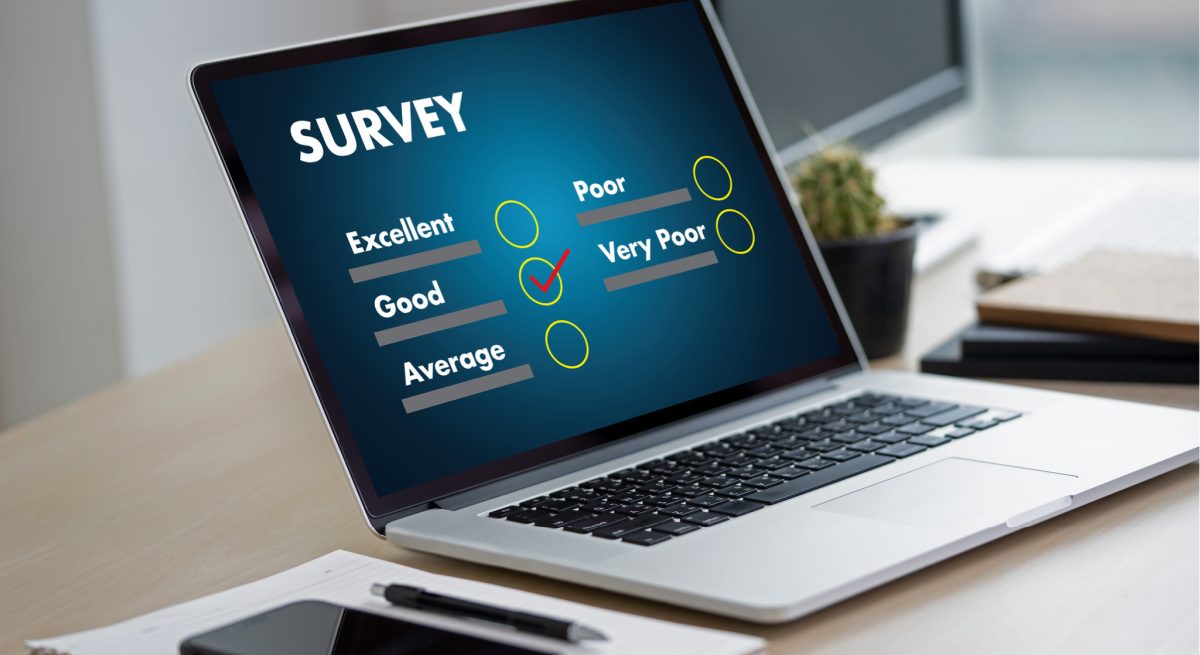MRM Research Roundup: Mid-August 2020 Edition
19 Min Read By MRM Staff
This edition of Modern Restaurant Management (MRM) magazine's Research Roundup features consumers' dining desires, the power of personalization and the untapped opportunity in localized marketing. COVID-19 Consumer Dining TrendsFatigued by cooking at home, consumers are anxious to dine at their favorite restaurants according to a new Oracle Food and Beverage study. The survey found that 59 percent of US and 47 percent of UK consumers plan to dine-out as soon as they are able. In fact, as soon as it's deemed safe to reopen, 26 percent of US respondents and 14 percent of the UK said they plan to return in the first week. Diners are looking for reassurance on cleaning procedures and technology to reduce contact with servers. Forty percent of those surveyed in the US and 39 percent in the UK said they would feel safer if they could view the menu from their mobile device, while 35 percent in the US versus 31 percent in the UK would like to be able to pay in the same…
Sorry, You've Reached Your Article Limit.
Register for free with our site to get unlimited articles.
Already registered? Sign in!

